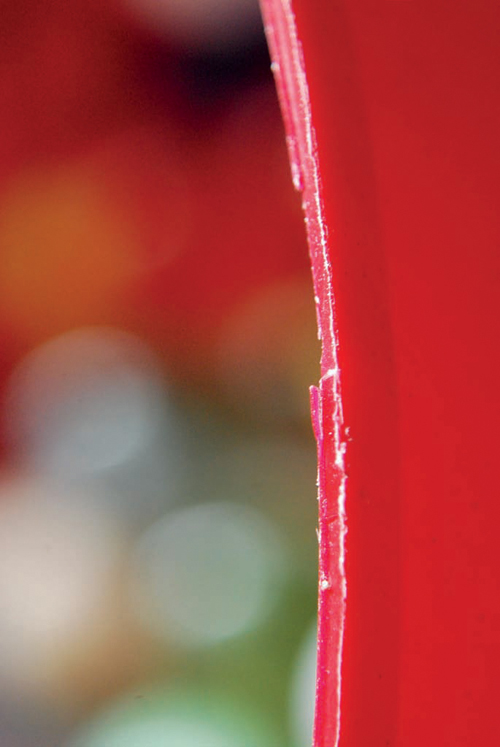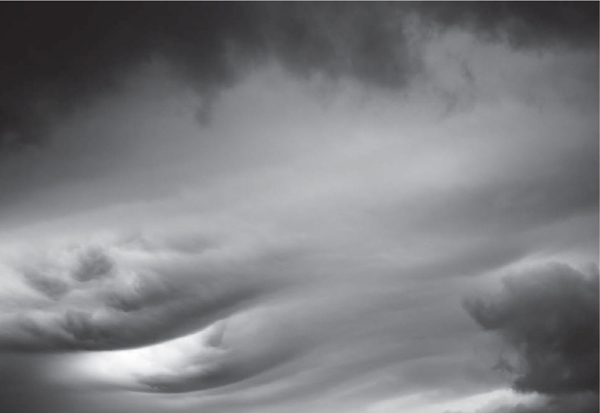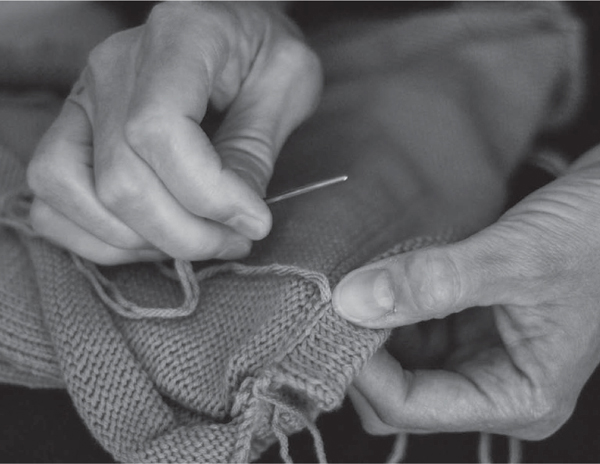Alfred Stieglitz
Alfred Stieglitz was an accomplished photographer in his own right, but his major contribution to photography was as a promoter. It is fair to say that he had more to do with photography being accepted as a legitimate art form than any other person. He also played a prominent part in determining the direction of photography, from the founding of the photo-secessionist pictorialist group, to modernism, through his promotion of the work of Strand and Weston, among others. The foundation of aesthetic minimalism in photography can be traced directly back to this shift from the painterly approach of the pictorialists to the much harder reductionism of the modernists.

In terms of composition, many photographs taken today are similar to those shot a hundred years ago, while others are firmly rooted in the here and now
Stieglitz promoted photography through several galleries in New York and in the major photography journals for which he was responsible. He was a perfectionist who was obsessed by his mission to promote photography and photographers. He worked himself to the point of exhaustion several times during his life, often fulfilling two or even three roles that on their own would constitute full-time work. Whether he was driven more by a passion for the arts or by a passion to establish his own place in history is up for debate, but there is no doubt that he did more to raise the stature of photography than anyone else.
At the age of 20, Stieglitz moved to Germany for six years, and it was during this time that both his first writings and first photographs were published. His piece “A Word or Two About Amateur Photography in Germany” appeared in the British Amateur Photographer magazine, and his photography later won in the magazine’s competitions.
At the behest of his father, Stieglitz reluctantly returned to the United States in 1890. Three years later he became the coeditor of American Amateur Photographer. He was handson, writing most of the reviews and articles. This further enhanced the reputation that Stieglitz had started to build in Europe. The Linked Ring, the prestigious London-based pictorialist group, elected Stieglitz as a member. This gave him the impetus to push on with his own ambition, which was to put photography on par with the other visual arts.
Stieglitz used his leverage to force a merging of the two major but moribund New York photography organizations, the Society of Amateur Photographers and the New York Camera Club. The merged organizations became the Camera Club of New York. Stieglitz created the magazine Camera Notes, which was an outgrowth from the club newsletter, and it was generally regarded as the best photography publication in the world at the time. Paradoxically, Stieglitz limited his coverage in the magazine to only a few of the most well-established photographers, despite his claims to want to push the boundaries so that photography could take its rightful place as a true visual art; the resulting conflicts with the staff took its toll on his health. After four years, he eventually resigned from the magazine because of the internal politics.
While he was recuperating, Stieglitz was urged by a fellow photographer to put on an exhibition to be judged solely by photographers, as opposed to painters and other types of artists as was the norm. Stieglitz was invited by the National Arts Club to put together such a show and was granted complete artistic control. The exhibition that opened in March 1902 was a public and critical success. This show marked the start of the photo-secessionist movement. The exact reason for the timing is not certain; some accounts indicate that it was a political move by Stieglitz to give the impression of support for his opposition to the New York Camera Club, but others give a more benign interpretation. Stieglitz was greatly influenced by a show in Munich several years earlier, where the artists involved called themselves the Secessionists. The idea of seceding from something, whether artistic or political, always resonated with Stieglitz. The show did mark his final and complete break from the New York Camera Club. More importantly, though, this show represents the point in history where photography became an art form in its own right.
From today’s vantage point the idea of pictorialism as something revolutionary may seem a little odd. The shift from the ultrastrict Victorian photographic conventions to an atmosphere in which photographers were free to manipulate the medium to project their own vision was, however, every bit as revolutionary as the later shift from pictorialism to modernism. The secession was not purely an aesthetic one; it was a revolt against entrenched views and power structures within the art and photography worlds.
After another bout of exhaustion and a trip to Europe, Stieglitz set up the Little Galleries with his photographer friend Edward Steichen. After a few photography shows, a painter, Pamela Colman Smith, approached Stieglitz, and he put on a show of her watercolors and prints along with the more usual work of photographers. The show was a great success, and it marked the point in time when Stieglitz pivoted from being a promoter of photography to a promoter of visual modern art in general.

Photographing clouds can be surprisingly addictive!
The Little Galleries closed due to lack of money, but was reopened a short time later under the new name 291. It was now no longer primarily a photography gallery but one that sought to break down the barriers between all art forms. Stieglitz was driven by a desire to show different art forms by different artists and from different regions side by side. He wanted the public to be able to compare and contrast different mediums and practitioners without having to consider a meaningless hierarchy based on the medium used. Stieglitz was responsible for introducing Americans to many of the great European artists, including Picasso, Matisse, and Cézanne. He also exhibited work by relatively unknown American artists and photographers.
In 1915 Stieglitz was introduced to the photography of Paul Strand, which was different from that of the pictorialists. The subject matter was everyday and the compositions were stark. They were what the camera saw, with no artistic embellishments. The beauty of these images came from the lines, tones, and shapes. It was reductionist photography, capturing only what was essential and doing away with the decorative and incidental. This was modernism and the beginning of minimalist photography. Stieglitz put on a major exhibition of Strand’s work at 291 and devoted most of the last issue of Camera Work, the magazine he created after resigning from Camera Notes, to Strand’s photography.

Stieglitz used clouds because they forced him to make the image. The same principle works with other subjects. This scene is comprised of several large blocks of melting ice and, as a photographer, I could make of it what I wanted to.
It was at this time that Stieglitz embarked on his relationship with the painter Georgia O’Keeffe. From 1918 to 1925 he photographed her obsessively. Many of these photographs were closeups of various parts of O’Keeffe’s body, including the famous ones of her hands. These images are both modernist and minimalist. Everything in the images is essential and nothing is decorative, yet Stieglitz manages to catch the essence of O’Keeffe in these deceptively simple images.
Stieglitz’s next major project was equally significant—he decided to photograph clouds. He described several reasons for embarking on this undertaking, including a desire to show that his success with photography was not due to his choices of subject matter, and to find out for himself what he had learned in his time as a photographer. Stieglitz spent 12 years taking
Zeroing in on a body part gives an image strength. As Stieglitz realized, emotion and intensity is not conveyed just in the face. hundreds of photographs of clouds, and these images are recognized as the first intentionally abstract photographs ever taken.
Stieglitz represents a great study in the importance of context, in the importance of the bigger picture. Here was a photographer who was not only passionately concerned about the state of photography, but also its relationship to the other visual arts. This constant questioning made him a more complete photographer, but more important it moved photography, and visual arts in general, forward.
If your own photography ever ceases to excite you, spend some time reading works about and by photographers that you admire, especially the ones who changed history. Knowing our place, or desired place, in the grand scheme of things is important. It gives us direction and gives our photography purpose.

